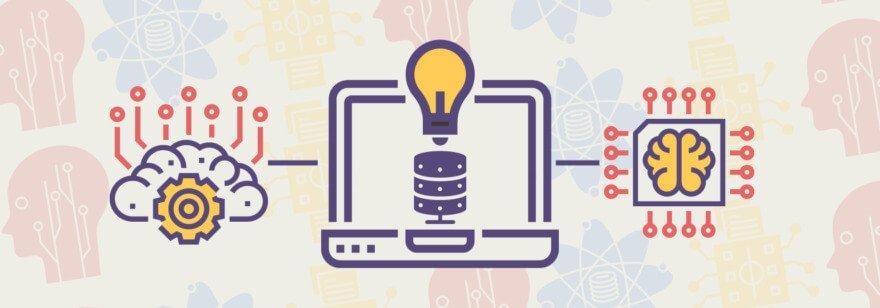Some people can foretell cases up to 100 % perfectly. But data scientists have studied. And we’ve discovered the tardiest Data Science biases and put together a program for those who desire to investigate the field in-depth and would like to give real data analysis consultancy in the future.
Choice of language
There are 2 chief languages used in data science right now: Python and R. The R language is practiced for multiple financial reviews and scientific analysis, so its in-depth study can be postponed for next.
At the beginning step, you can quit at studying the basics:
– nuances of RStudio;
– Rcmdr, rattle and Deducer libraries;
– box data models, vectors, and basic data classes;
– compositions and forms.
What’s chief to learn in Python:
- functions, types, things;
- info constructions;
- primary algorithms and libraries;
- debugging and examining the code;
- Jupyter Notebook;
- Git.
Libraries for Python
NumPy
It is a scientific computing library. Almost every Python package for Data Science or Machine Learning depends on it.
It serves to make mathematical and logical processes: for case, it includes useful purposes for n-arrays and forms. The library also maintains multidimensional designs and high-level mathematical purposes for operating with them.
Why do you require to know math? Why can’t the computer calculate it all by itself?
To know how machine learning systems operate, you require to know a lot of mathematics. That’s why it’s better to take a complete algebra class.
Math and mathematical analysis are important for optimizing methods. Understanding them performs it simpler to increase the activity and efficiency of machine learning types.
Pandas
It is an open-source library created on NumPy. It enables you to analyze, clean up, and prepare data quickly. It’s a sort of Excel for Python.
Databases and info gathering
If you’re already acquainted with Python, Pandas, and NumPy, you can begin studying operating databases and parsing info.
SQL
Although NoSQL and Hadoop already have their origins in data science, it’s important to be able to compose and run system SQL doubts.
Often the raw data, from electronic medical records to consumer activity history, remains in coordinated groups of statistics named relational databases. To be a great data scientist, you require to understand how to treat and retrieve data from these databases.
Parsing info
Major:
- comprehend how to use find and get all methods in parsing pages with Beautiful Soup;
- know how item enumeration and variable saving effort in Python;
- run with get-queries and cooperate with the API.
Algorithms
Being a programmer without knowledge of algorithms is scary, and being a Data Scientist is critical. The activity of a great researcher usually depends on 3 circumstances:
1 -the question posed,
2 – the volume of info,
3 – the algorithm selected.
So at this step, it is necessary to know the algorithms and data constructions of Bellman-Ford, Dijkstra, binary search, depth and width search.
Machine Learning and Neural Networks
It’s time to practice the knowledge you’ve learned to real-world queries. Before this step it is necessary to know maths:
- searching, cleansing, and equipping info,
- raising figures in terms of maths and statistics,
- their optimization by means of mathematical analysis.
Summing-up
Becoming a specialist in Data Science is not simple: you should get many instruments and be adaptable to learn about biases in time in order to have a solid career in one of the best DataScience UA company.




